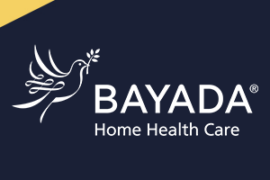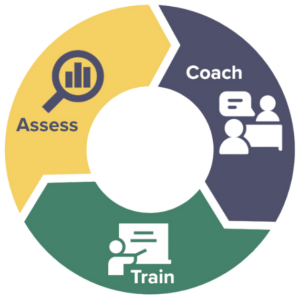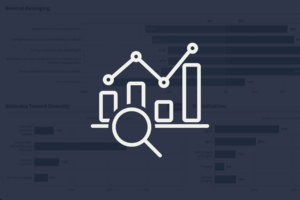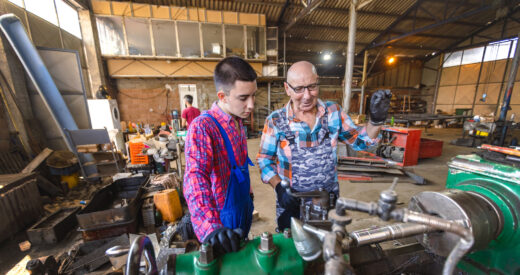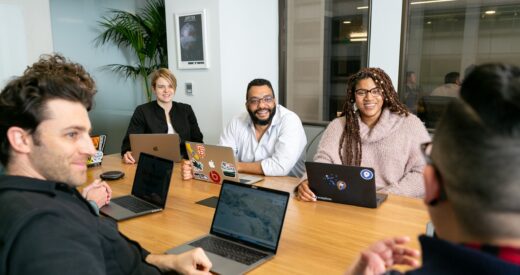American Indian and Alaska Natives make up just 2.9% of the United States population according to the 2020 census. Meaning, the remaining 97.1% of the population are immigrants or descendants of immigrants. In fact, the United States is often referred to as a “nation of immigrants,” a country shaped by people who left their homes in search of better living conditions and greater opportunities.
Large numbers of immigrants continue to make their way to the United States each year, with more than 2 million migrant encounters during the 2022 fiscal year. In recent years, the top countries of origin for immigrants include Mexico, India, China, and the Philippines. 2021 also saw an unprecedented influx of Haitian immigrants after political unrest and natural disaster plagued the country.
The United States is, and always has been, seen as a place people come to fulfill their dreams: professional, educational, financial, personal, and familial. It continues to be the top country people immigrate to, with 50.6 million foreign-born residents in 2020. Many United States citizens recognize the benefits of immigration – greater innovation, richer culture, increased economic output – but there remain many misconceptions about immigrants.
Misconception 1: The majority of immigrants come to the U.S. illegally.
This could not be further from the truth. According to a 2020 Pew study, 77% of U.S. immigrants are lawful immigrants, meaning they are either naturalized citizens, lawful permanent residents, or temporary lawful residents. However, mainstream media often highlights issues pertaining to undocumented migrants. In fact, “The Ingraham Angle” is consistently among the top 10 most-watched cable news shows and often feeds into the anti-immigrant rhetoric.
Misconception 2: Immigrants are not well educated.
According to the American Immigration Council, one third of adult immigrants have at least a college degree. Only 26% had less than a high school diploma. And trends are showing an increasingly educated immigrant population, with 48% of immigrants between 2014 and 2019 arriving with at least a bachelor’s.
Misconception 3: Immigrants don’t work hard.
Immigrants are drivers of local economies as they launch over one in four new businesses. To be exact, they found 28.5% of new businesses while only making up 13% of the population. They are disproportionately entrepreneurial. They also contribute to vital industries such as healthcare and manufacturing which employ over 4 million and 3 million immigrants respectively.
Misconception 4: Immigrants take jobs from U.S.-born residents.
As mentioned in the point above, immigrants create new businesses. New businesses mean new jobs. They also spend their money on, and increase demand for, U.S. goods and services, pay taxes, and increase productivity of existing U.S. businesses. The rhetoric of immigrants stealing U.S. jobs is based on the fallacy that there are a fixed number of jobs in the U.S. However, new jobs are created every day, even in fields that didn’t exist a decade ago. The diverse backgrounds and experiences of immigrants feeds the innovation that drives this growth.
The reality is that immigration is good for the country. Immigration helps counteract slowing population growth and adds $2 trillion to the U.S. GDP annually. In fact, we need immigration to stay competitive within the global landscape. We invite you to learn more about U.S. immigration throughout Immigrant Heritage Month, so that you are equipped to correct any misconceptions that you encounter. We all need to do our part to advocate for the people and policies that make our country great.
Kaela Sosa, CDE, is Curriculum and Programming Manager at The Diversity Movement as well as one of its founding members. With a degree in Psychology and Gender Studies, Kaela has fought for the visibility and acknowledgement of issues pertaining to underrepresented groups for nearly a decade. Connect with her on Linkedin.
